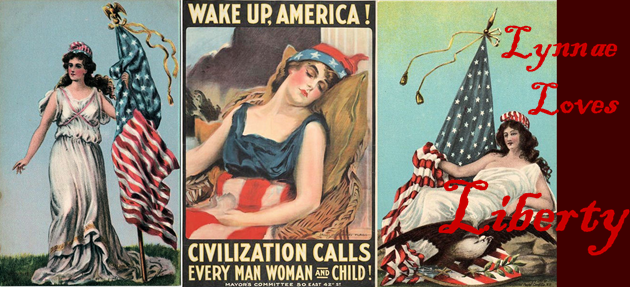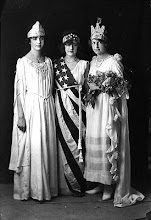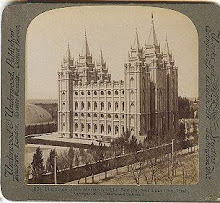The thing that creeps me out is that the teachers are told to have students see if they can list the things the President wants them to do, and then answer if they are able to do those things. Nowhere are they asked if they agree with the president.
This reminds me, I watched ‘Boy in the Striped Pajamas’ the other day. But that may or may not be unrelated.
Here is the text of if you haven’t read it: (my comments in thin italics)
PreK-6 Menu of Classroom Activities: President Obama’s Address to Students Across America
Produced by Teaching Ambassador Fellows, U.S. Department of Education
September 8, 2009
Before the Speech:
· Teachers can build background knowledge about the President of the United States and his speech by reading propaganda books about presidents and Barack Obama and motivate students by asking the following questions:
Who is the President of the United States? (would they have done any of this for George W. Bush?)
What do you think it takes to be President?
To whom do you think the President is going to be speaking?
Why do you think he wants to speak to you? Because your a young skull full of mush and this is the only way to circumvent the reason of your parents.
What do you think he will say to you?
· Teachers can ask students to imagine being the President delivering a speech to all of the students in the United States. Brainwashing! What would you tell students? What can students do to help in our schools? Teachers can chart ideas about what they would say.
· Why is it important that we listen to the President listen or obey??? and other elected officials, like the mayor, senators, members of congress, or the governor? Why is what they say important?
During the Speech:
· As the President speaks, teachers can ask students to write down key ideas or phrases that are important or personally meaningful. Find the vague ideas you agree with just like all the saps who voted for him without knowing he was a socialist. Students could use a note-taking graphic organizer such as a Cluster Web, or students could record their thoughts on sticky notes. Younger children can draw pictures and write as appropriate. As students listen to the speech, they could think about the following:
What is the President trying to tell me?
What is the President asking me to do?
What new ideas and actions is the President challenging me to think about? This chills me to the core. I’m just sayin’
· Students can record important parts of the speech where the President is asking them to do something. Students might think about: What specific job is he asking me to do? Is he asking anything of anyone else? Teachers? Principals? Parents? The American people? This is a great opportunity to focus on the intentions and the great dream end result. Luckily most k-6 children don’t understand that good intentions don’t always produce good result, and that a record of success should be a good indicator of whether we should do what is asked.
· Students can record any questions they have while he is speaking and then discuss them after the speech. Younger children may need to dictate their questions.
After the Speech:
· Teachers could ask students to share the ideas they recorded, exchange sticky notes or stick notes on a butcher paper yes, prepare the butcher paper poster in the classroom to discuss main ideas from the speech, i.e. citizenship, personal responsibility, civic duty.
· Students could discuss their responses to the following questions:
What do you think the President wants us to do?
Does the speech make you want to do anything? These questions are so leading…like a used car salesman saying what color of new car would you like to buy from me today?
Are we able to do what President Obama is asking of us? Can and should are two different things.
What would you like to tell the President? Keep your commie face out of my kid’s classroom??
· Teachers could encourage students to participate in the Department of Education’s “I Am What I Learn” video contest. On September 8th the Department will invite K-12 students to submit a video no longer than 2 min, explaining why education re-education is important and how their education re-education will help them achieve their dreams. Teachers are welcome to incorporate the same or a similar video project into an assignment. If they don’t want to do it, make their grade depend on it. More details will be released via www.ed.gov.
Extension of the Speech: Teachers can extend learning by having students
· Create posters of their goals. Posters could be formatted in quadrants or puzzle pieces or trails marked with the labels: personal, academic, community, country. Each area could be labeled with three steps for achieving goals in those areas. It might make sense to focus on personal and academic so community and country goals come more readily. i.e. children are sick of writing so they will put down whatever you suggest.
· Write letters to themselves about what they can do to help the president. What the crap!!! These would be collected and redistributed at an appropriate later date by the teacher to make students accountable to their goals. Collected and redistributed along with everything else you’ve worked on. If there’s on thing they know, it’s collecting and redistributing.
· Write goals on colored index cards or precut designs to post around the classroom. Be sure to have a picture of the Obama emblem on hand for children to copy, thus to ensure the symbol is decorating your classroom from the start of the school year on.
· Interview and share about their goals with one another to create a supportive community. Ostracize those who don’t agree.
· Participate in School wide incentive programs or contests for students who achieve their goals.
· Write about their goals in a variety of genres, i.e. poems, songs, personal essays. Yessss, great leader, I have a song for Yooooooo, I will help, as you want me to doooooo… Next years Grammy.
· Create artistic projects based on the themes of their goals.
· Graph student progress toward goals.
I think my kids are coming down with the flu. Should hit about the 8th.





























